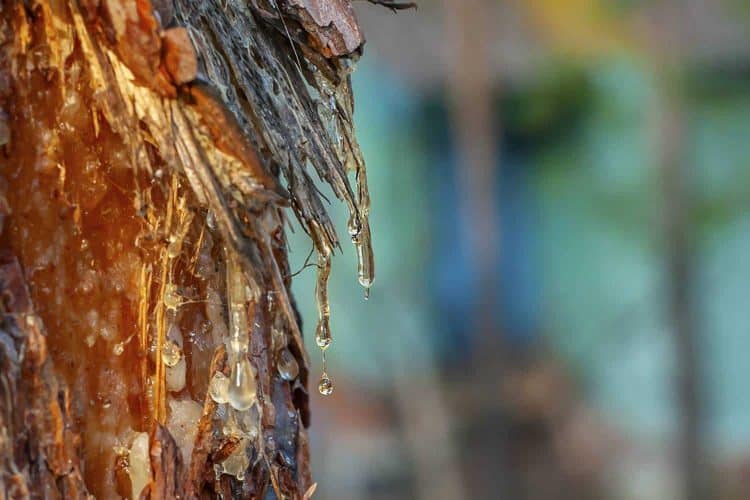Rosin can be a complicated and confusing topic. The word “rosin” means different things, depending on the context, and its similarity to “resin” doesn’t help to untangle things. Despite the confusion, rosin is growing in popularity, and anyone in the botanical extraction space should have at least a basic familiarity with it.
Pine Rosin vs. Cannabis Rosin
There are two common types of botanical rosin. The first type of rosin has been used for thousands of years. It’s a botanical extract made from the sap of pine trees, and it has a myriad of uses both historically and in the modern day.
If you’ve ever heard a musician talk about rosin or seen them apply an amber block to the bow or strings of their instrument, you’re at least somewhat familiar with pine rosin. The sap-derived rosin helps musicians control the vibration and stickiness of string instruments, like violins and banjos. Pine rosin is also common in printer inks, furniture varnish and polish, soap, and glue. Athletes also rely on rosin. Gymnasts and rock climbers use it to improve their grip. Even Major League Baseball pitchers will use a bag of powdered rosin to improve their control when throwing the ball.
In the most basic sense, cannabis rosin is very similar to pine rosin, but the two are very different. To start, you wouldn’t want to inhale pine rosin. The substance has been linked to occupational asthma. On the other end, you really wouldn’t want to use cannabis rosin for any of the applications where pine rosin is a great solution.
Cannabis rosin doesn’t get powdered like pine rosin, and it’s produced slightly differently. The goal of making cannabis rosin is to concentrate cannabinoids and terpenes for dabbing. Because of that, preserving terpenes is key. The production of pine rosin eliminates many of the terpenes from the rosin.
How is Rosin Made?
Both pine rosin and cannabis rosin involve heating a product of either plant, but the product that gets heated differs, and the actual method isn’t the same.
Pine rosin is made using the sap — sometimes called resin — of pine trees. The sap is collected and heated to burn off any excess liquid, including liquid terpenes. The result is a solid, brittle amber substance. The solid rosin can then be heated and used in things like adhesives or, as it was in ancient times, to make vessels or items water resistant. The solid rosin can also be broken up and powdered for musicians and athletes to use.
Cannabis rosin is different. There’s no way to tap a cannabis plant for its sap. Instead, part of the cannabis plant needs to be pressed in order to squeeze out the liquids and compounds inside. At the same time, heat is applied. Heat helps to extract the contents of the cannabis and remove excess liquid. Cannabis rosin can be made with flower, hash, or kief.
Rosin vs. Resin
“Rosin” and “resin” sound very similar, but they aren’t the same thing. They also mean different things when you’re talking about pine resin and cannabis resin. Generally, if you’re talking about pine resin, you’re talking about the sap that comes out of pine trees. It’s the same sap that, when heated, becomes pine rosin.
Cannabis resin is an extract created by processing raw cannabis plant material. “Resin” can refer to different types of extracts, but resin is always the result of a solvent-based extraction process. With solvent-based extraction, a solvent like ethanol or butane is used to extract cannabinoids from plant material. Since the solvents used are usually toxic chemicals, many cannabis consumers have started to prefer rosin because there are no solvents used in its production.
You’ve probably also heard the terms “live rosin” and “live resin” in reference to cannabis. The two are essentially the same as rosin and resin, but the plant material used was frozen immediately after it was harvested. Freezing cannabis plants prevents terpenes from degrading and, in theory, provides a more complete full-spectrum product.











